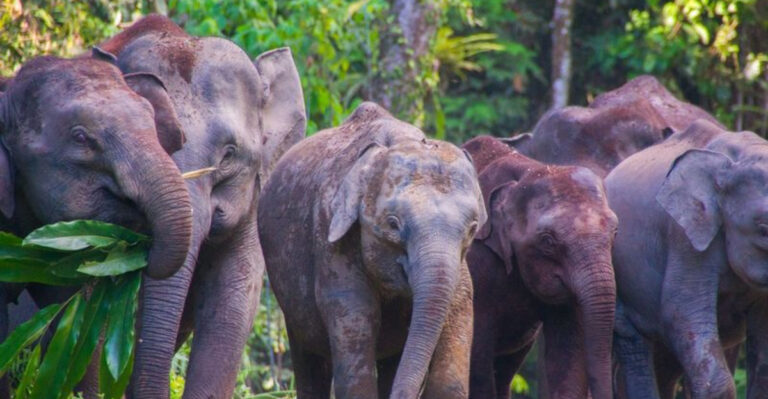17 Facts You Didn’t Know About Elephants
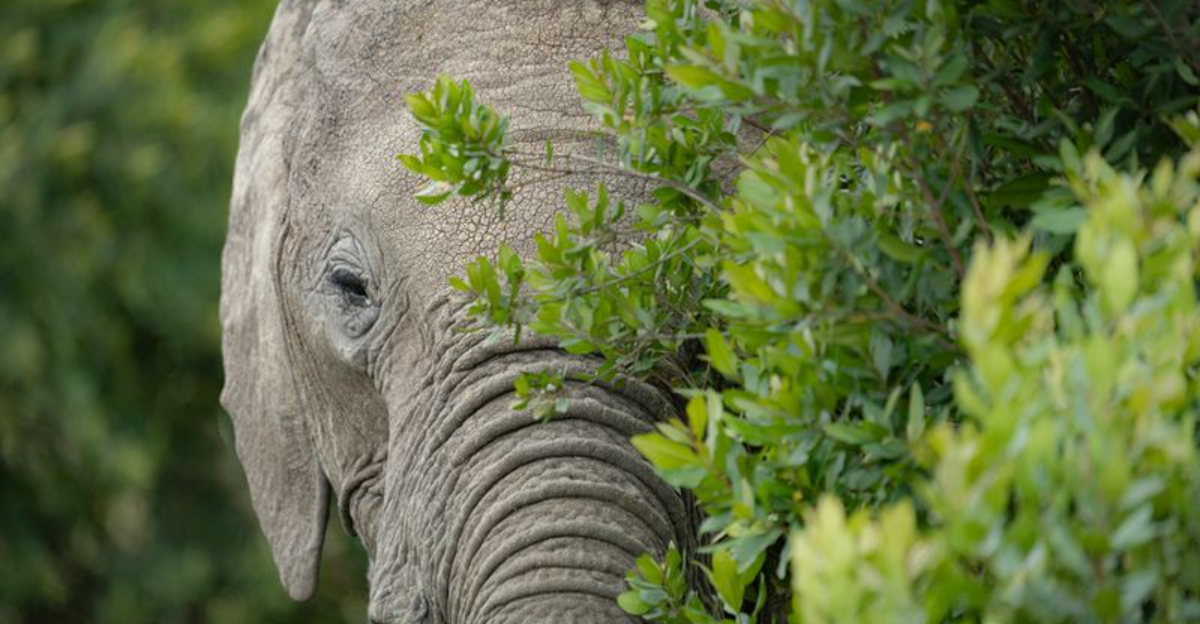
Ever wondered what secrets lurk behind those flapping ears and powerful trunks? The largest land mammals on Earth harbor fascinating abilities and behaviors that might surprise even the most dedicated animal lovers.
From hidden talents to unexpected skills, elephants are far more complex and incredible than most people realize.
1. Elephants Can Recognize Themselves In Mirrors
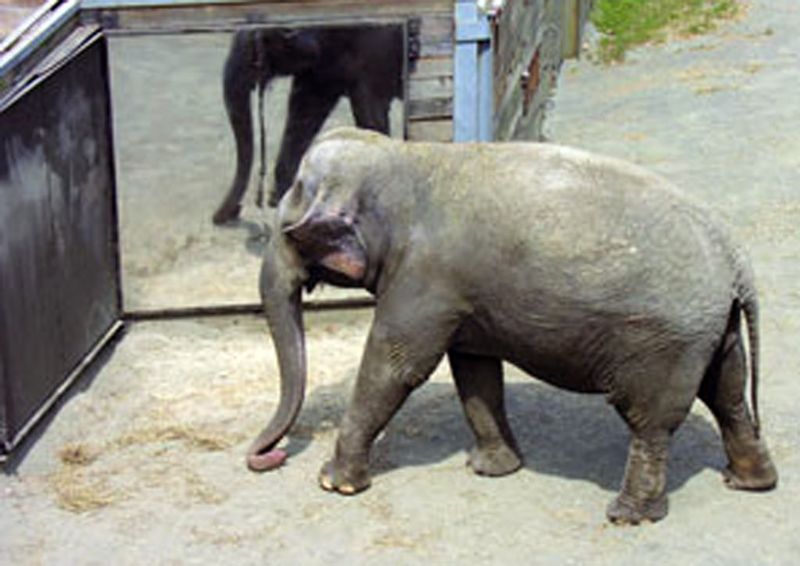
Only a handful of animals can identify their own reflection, and elephants are part of this exclusive club! When researchers placed mirrors in elephant enclosures, these intelligent creatures examined themselves and even touched marks that had been placed on their bodies.
This self-awareness shows their remarkable cognitive abilities, similar to dolphins, great apes, and humans.
2. Elephant Trunks Contain Zero Bones
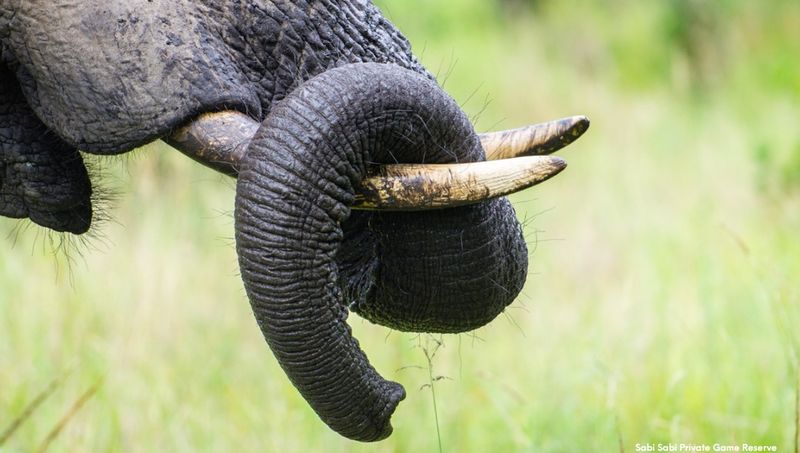
That amazing trunk? It’s basically a super-long nose and upper lip with over 40,000 muscles!
No bones whatsoever support this versatile appendage that can lift objects weighing hundreds of pounds or pick up something as tiny as a peanut. The trunk contains two finger-like projections at its tip for delicate manipulations.
3. They Communicate Through Vibrations
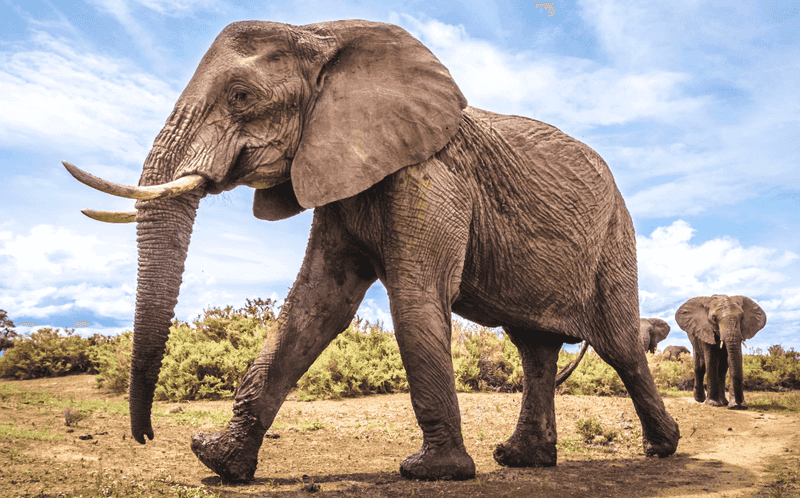
Stomping their massive feet isn’t just for show! Elephants create seismic vibrations that travel through the ground for miles.
Other elephants can detect these “foot messages” through sensitive cells in their feet and trunks. This underground communication network helps herds coordinate movements and warn each other about dangers.
4. Elephant Pregnancy Lasts Nearly Two Years
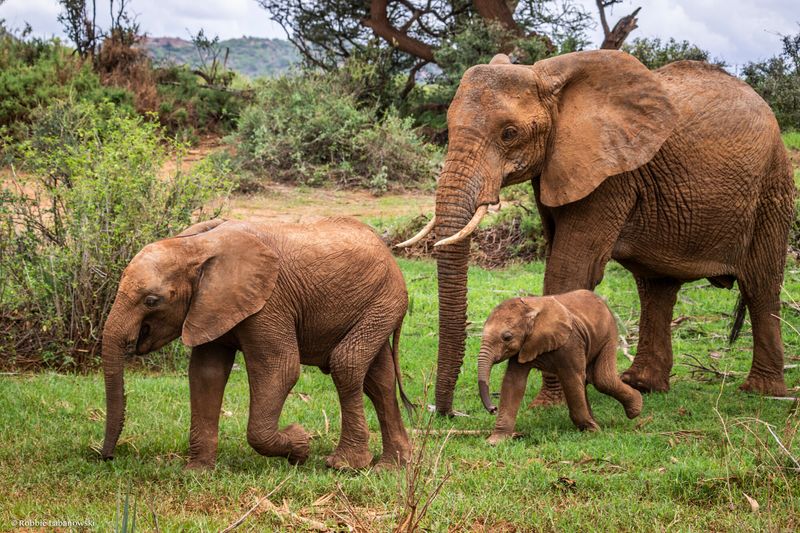
Talk about patience! Female elephants endure the longest pregnancy of any land mammal—a whopping 22 months.
When the calf finally arrives, it weighs around 200-250 pounds and stands approximately 3 feet tall. This extended gestation period allows elephant calves to develop extensively before birth, giving them a better survival chance.
5. They Mourn Their Dead
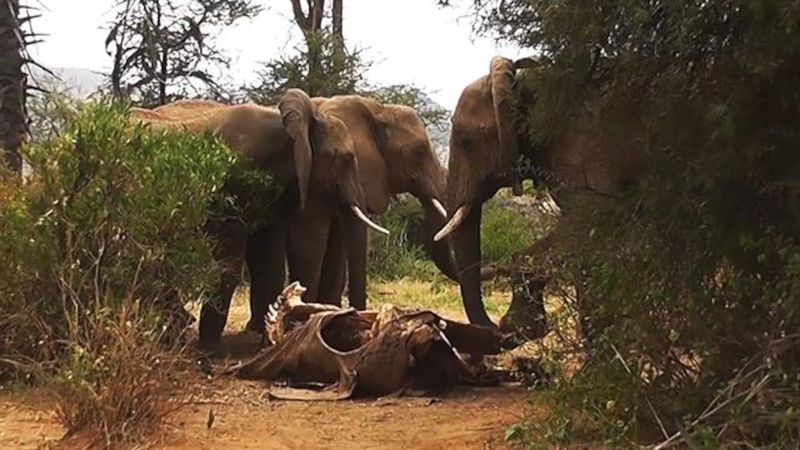
Witnessing elephant grief can be heartbreaking. When a herd member dies, elephants perform “death rituals,” touching the remains with their trunks, standing guard, and covering the body with branches and dirt. Years later, passing elephants will stop to examine the bones of their deceased companions, showing emotional depth scientists are still working to understand.
6. Their Skin Is Actually Hairy
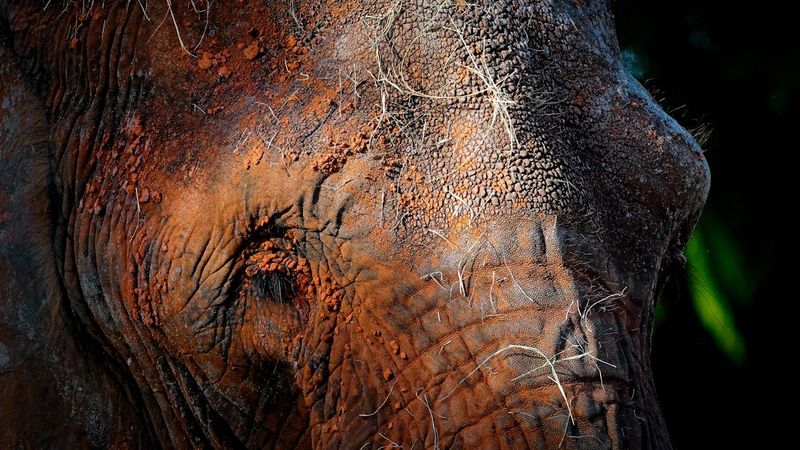
Contrary to appearances, elephant skin isn’t completely bare! Look closely and you’ll spot sparse, bristly hairs across their bodies.
Baby elephants have more hair than adults, especially on their heads and backs. These hairs help elephants sense their surroundings and may be evolutionary remnants from their woolly mammoth ancestors.
7. Elephants Never Forget—Literally
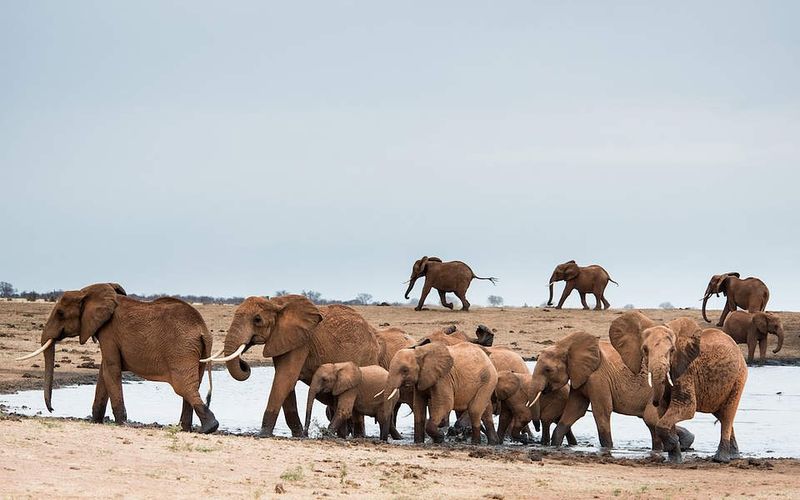
The saying is actually based on science! Elephants possess extraordinary long-term memories, recognizing herd members after decades of separation.
They remember migration routes, water sources, and even humans who treated them kindly or harshly. Their memory helps matriarchs lead herds through drought by recalling distant watering holes from years past.
8. They Use Sunscreen—Made Of Mud
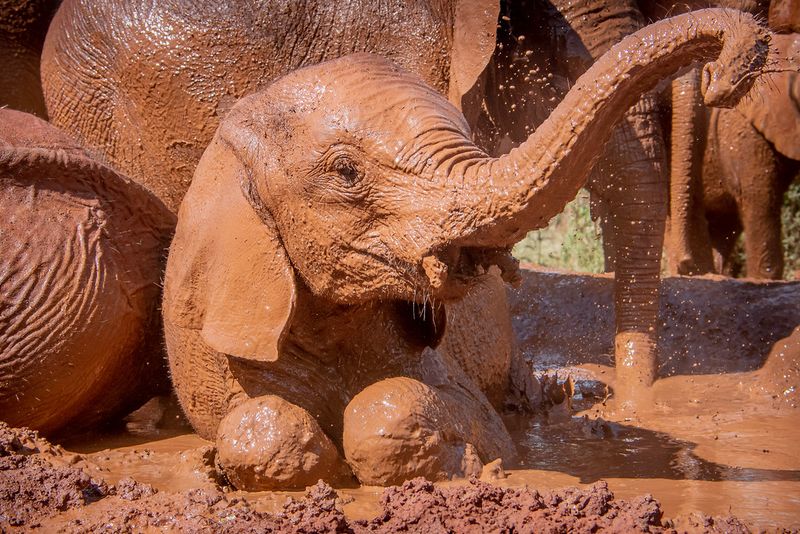
Clever pachyderms protect their sensitive skin by slathering themselves with mud and dust. This natural sunblock shields them from harsh UV rays and helps regulate body temperature in hot climates. The mud coating also repels insects and removes parasites. After it dries, they’ll rub against trees to scratch off the caked mud.
9. Elephant Feet Have Built-in Shock Absorbers
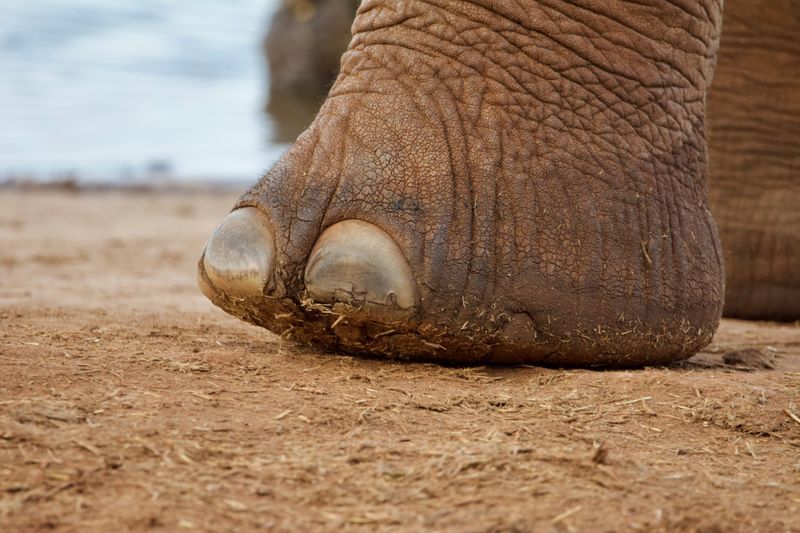
Despite weighing tons, elephants walk almost silently thanks to specialized foot pads. These cushions of fat and connective tissue act like built-in sneakers, absorbing impact and distributing weight evenly.
Their feet also contain sensitive cells that detect vibrations from miles away, allowing them to “hear” through the ground.
10. Their Trunks Function As Snorkels
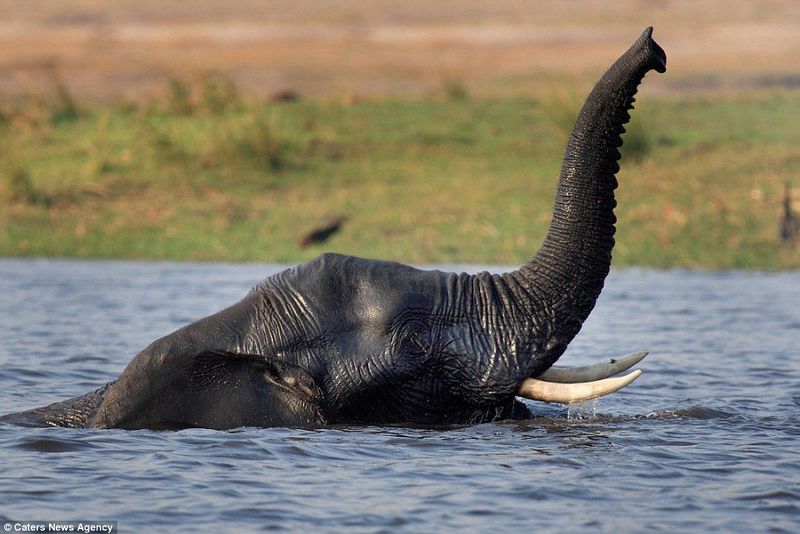
Swimming elephants use their trunks like natural snorkels, extending them above water to breathe while their bodies remain submerged.
These versatile appendages serve as multi-tools—functioning as arms, hands, drinking straws, showers, and even weapons when needed. A trunk can hold nearly two gallons of water at once!
11. Baby Elephants Suck Their Trunks
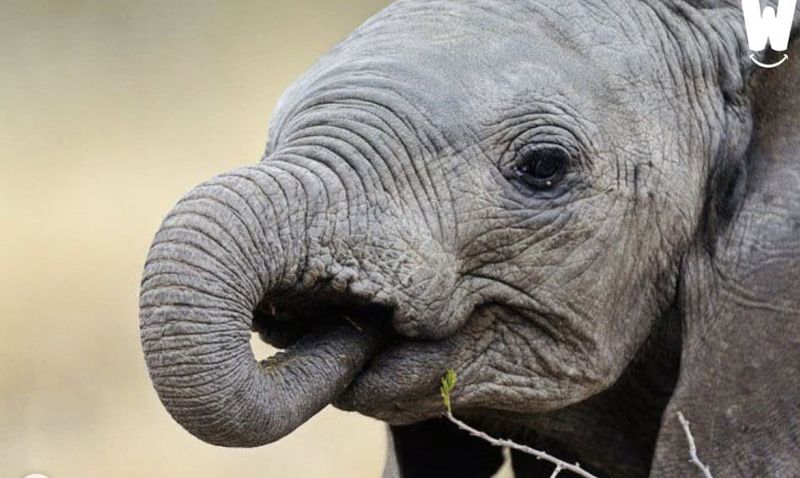
Just like human babies suck their thumbs, elephant calves find comfort in their trunks! Young elephants often suck on their trunks during their first months of life. This adorable behavior helps them develop trunk control and coordination. They’re not born knowing how to use this complex appendage—it takes years to master.
12. They Have Unique Fingerprints—On Their Trunks

Much like human fingerprints, the wrinkle patterns on elephant trunks are completely unique to each individual.
Researchers use these distinct markings to identify specific elephants in the wild. The trunk’s tip also features special tactile bumps that help elephants feel and manipulate tiny objects with surprising precision.
13. Elephants Are Terrified Of Bees
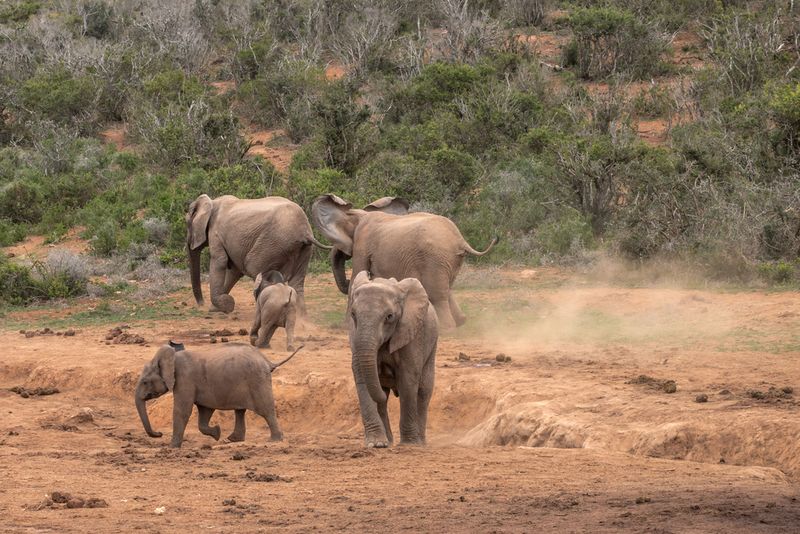
These massive creatures have a surprising fear: tiny buzzing bees! When elephants hear bee sounds, they’ll shake their heads, flap their ears frantically, and even run away trumpeting warning calls to the herd.
Conservationists now use beehive fences to protect crops from elephant damage—a natural solution that keeps both species safe.
14. They Can’t Jump
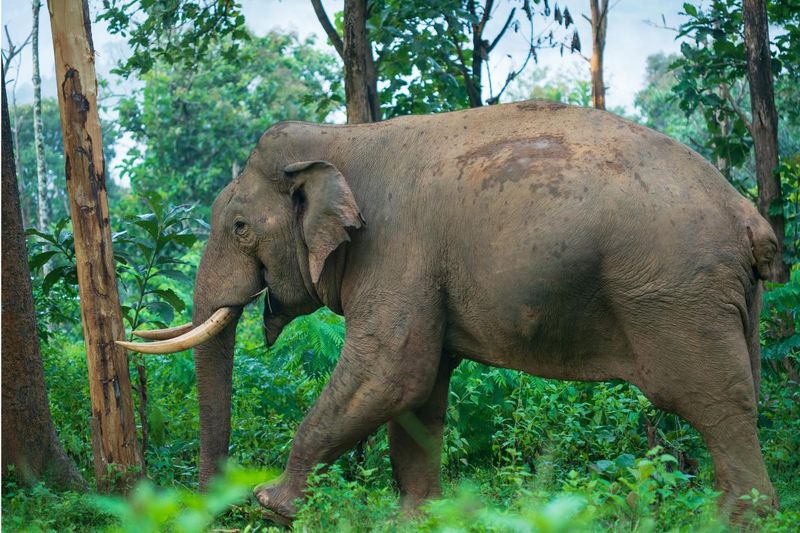
Gravity keeps these giants firmly grounded! Elephants are among the few mammals physically unable to jump—all four feet never leave the ground simultaneously.
Their massive weight and unique leg structure make leaping impossible. Instead, they’ve developed other movement adaptations like a unique gait where at least one foot always maintains ground contact.
15. Elephant Brains Weigh Over 10 Pounds
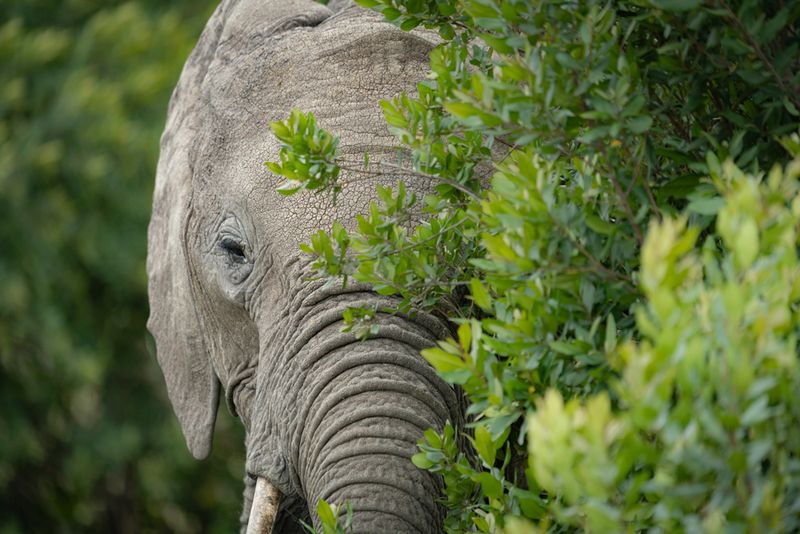
Housing all that intelligence requires serious hardware! An elephant’s brain weighs around 10-12 pounds—the largest of any land animal.
The cerebrum (the thinking part) has as many neurons as a human brain. Their remarkable memory comes from a hippocampus proportionally larger than ours, explaining why they remember migration routes for generations.
16. They Can Recognize Over 100 Individual Elephants
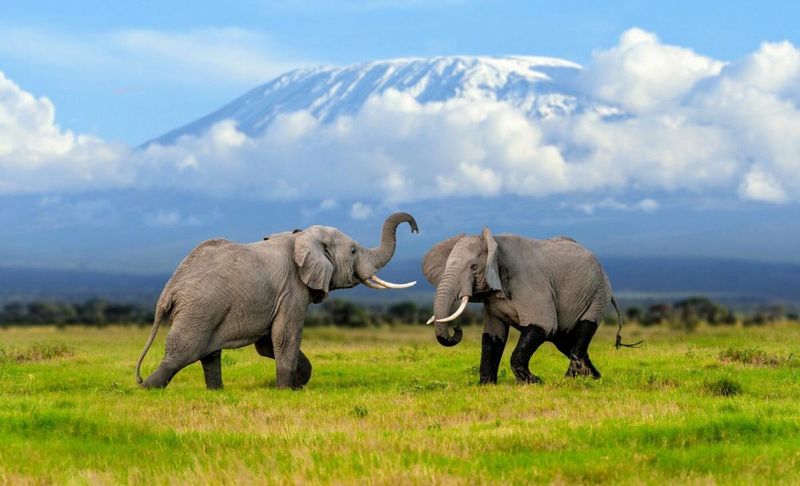
Elephants maintain complex social networks, recognizing and remembering over 100 different individuals by sight, sound, and smell.
Matriarchs use this social knowledge to make decisions that affect the entire herd’s survival. When reunited with old friends, elephants perform greeting ceremonies with excited trumpeting and trunk touches.
17. Their Ears Are Shaped Like Their Native Continents
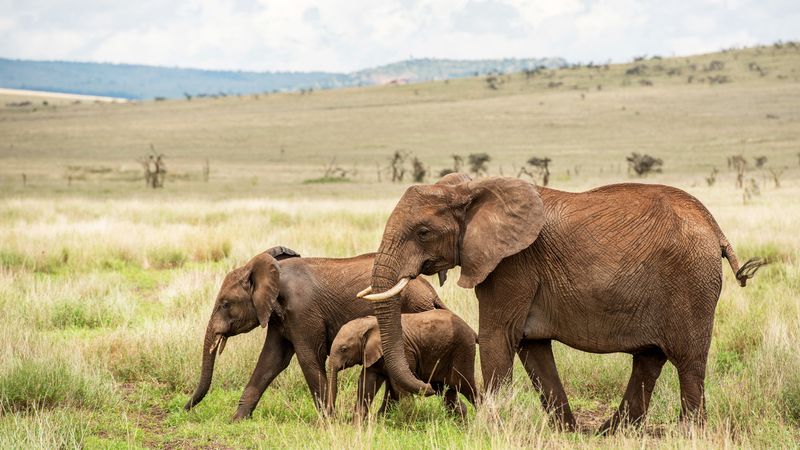
Nature’s geography lesson! African elephants have ears shaped roughly like the African continent, while Asian elephants have smaller, rounded ears resembling the shape of India.
These distinctive ears aren’t just for show—they’re packed with blood vessels. By flapping them, elephants can cool down their entire body temperature by several degrees.





